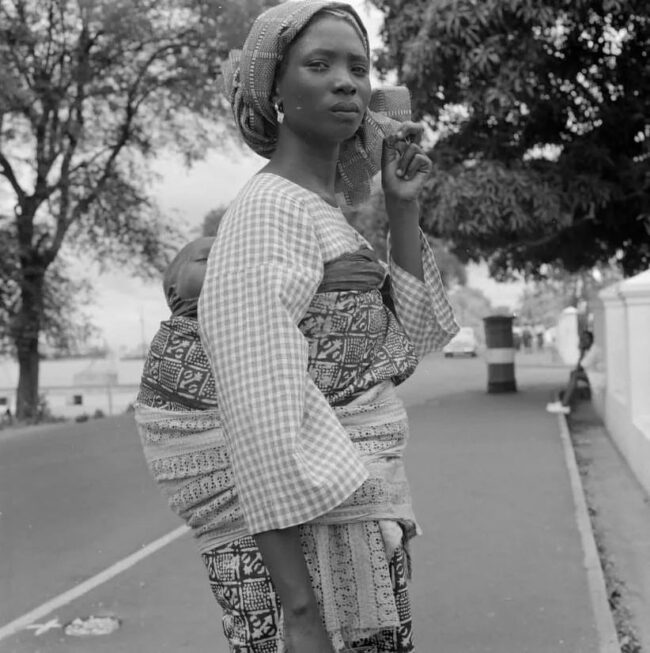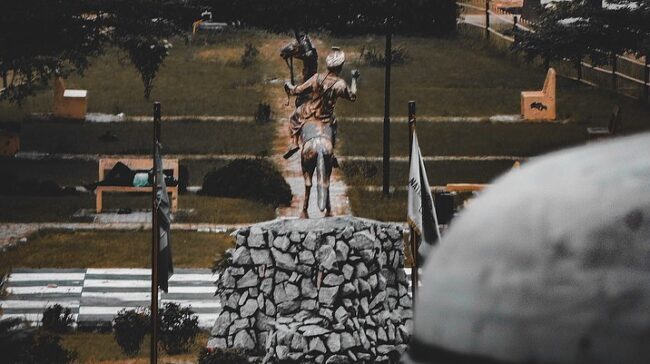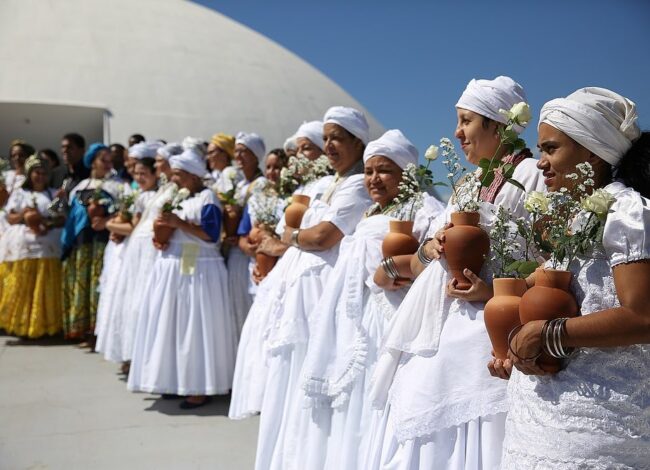The legendary Queen Amina was referred to as the fierce warrior queen in Kaduna State, particularly in Zaria, the old Kingdom of Zazzau. Thus, Amina, daughter of Nikatau, is still honored today in traditional Hausa praise songs as “A woman as capable as a man that was able to lead men to war,” due to her involvement in leading men to fight in Zaria, particularly during the 15th and 16th centuries. King Nikatau, the 22nd king of Zazzau, and Queen Bakwa Turunku (reigned 1536–c. 1566) welcomed young Amina into the world in the middle of the sixteenth century CE. Early in the 20th century, the British gave the present-day city of Zaria (Kaduna State) its nickname in honor of her younger sister, Zaria. According to history, Amina was her grandfather’s favorite and grew up in his court. He carried her and gave her detailed military and political orders while he was in court. As a result, when Amina turned sixteen, she was given forty female slaves and given the title of Magajiya, or heir apparent (kuyanga). Many men have wooed Amina since she was a small child. After Amina’s parents died in or around 1566, her brother eventually took the crown of Zazzau. Amina had made a name for herself in the military and was now regarded as a “leading fighter in her brother’s cavalry.” After her brother Karami passed away in 1576, Amina became the first female queen. But Daura, Kano, Gobir, Katsina, Rano, and Garun Gabas were the other six initial Hausa states (Hausa Bakwai). Zazzau was one of these prehistoric states as a result. Before Amina came to the throne, Zazzau was one of these largest states. It also provided Arab dealers with the majority of their slave supply for the slave markets in Katsina and Kano. Three months after becoming queen, Amina began a 34-year battle with her neighbors in an attempt to expand Zazzau territory.…




